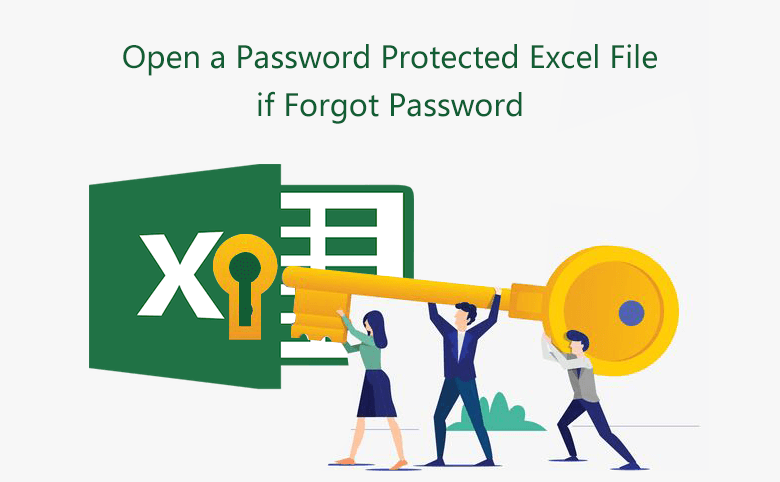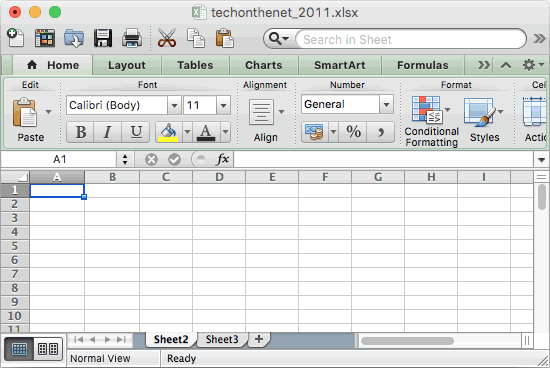

- #HOW TO ADD PASSWORD FOR EXCEL FILE MAC 2008 HOW TO#
- #HOW TO ADD PASSWORD FOR EXCEL FILE MAC 2008 PDF#
In the navigation pane, click Properties, and then clear the Locked check box. Select the graphic, and then on the Format menu, click the command for the type of graphic that you want to unlock: Shape, Text, or Picture. Unlock any graphic that you want users to be able to change On the Format menu, click Cells, click the Protection tab, and then clear the Locked check box. Unlock any cells that you want users to be able to change When you unprotect a worksheet, you can unlock graphics, objects, ranges, and formulas.

Optional - Enter a password for the sheet, and then retype the password under Verify. Users can change the values in the changing cells, if the cells are not protected, and add new scenarios. View scenarios that you have hidden, making changes to scenarios that you have prevented changes to, and deleting these scenarios. The chart continues to be updated when you change its source data. Make any changes, such as formatting, to an embedded chart. For example, if a worksheet has a button that runs a macro, you can click the button to run the macro, but you cannot delete the button. Make changes to graphic objects including maps, embedded charts, shapes, text boxes, and controls that you did not unlock before you protected the worksheet. Note: Users can't sort ranges that contain locked cells on a protected worksheet, regardless of this setting.įormat, change the layout, refresh, or otherwise modify PivotTable reports, or create new reports. Insert new hyperlinks, even in unlocked cells. Use any of the row formatting commands, including changing row height or hiding rows ( Home tab, Cells group, Format button). Use any of the column formatting commands, including changing column width or hiding columns ( Home tab, Cells group, Format button). If you applied conditional formatting before you protected the worksheet, the formatting continues to change when a user enters a value that satisfies a different condition. By default, users can select unlocked cells, and they can press the TAB key to move between the unlocked cells on a protected worksheet.Ĭhange any of the options in the Format Cells or Conditional Formatting dialog boxes. Move the pointer to cells for which the Locked box is unchecked on the Protection tab of the Format Cells dialog box. By default, users are allowed to select locked cells. Move the pointer to cells for which the Locked box is checked on the Protection tab of the Format Cells dialog box. In the Allow users of this sheet to list, select the elements that you want users to be able to change. Just pull a trigger and enjoy the amazing features offered by PDFelement.Worksheet protection is a two-step process: the first step is to unlock cells that others can edit, and then you can protect the worksheet with or without a password. You can encrypt your file using passwords and digital signatures.

The high-level file security offered is a great feature to look up to because security is a key aspect for data in the current high-tech world. The amazing and total no-brainer interface is just an epitome of the excellent mix inside this wonderful tool. In fact, it has been tailored specifically to address the user needs and that is nothing but all I would need as a user.
#HOW TO ADD PASSWORD FOR EXCEL FILE MAC 2008 PDF#
This means you will save time because everything you would demand your PDF is available within the same platform. The assortment of capabilities makes it an incredible all-in-one PDF solution.
#HOW TO ADD PASSWORD FOR EXCEL FILE MAC 2008 HOW TO#
You also need to be cautious while sharing your files because passwords do not necessarily offer absolute protection from malice.Ĭonclusion: From the aforementioned features, you need no one to teach you on how to put password on Excel file using PDFelement. There are however no restrictions regarding the length and characters or numbers used within the passwords. Since Microsoft cannot retrieve lost or forgotten passwords, it is a good practice to use an easily memorable combination of characters.


 0 kommentar(er)
0 kommentar(er)
